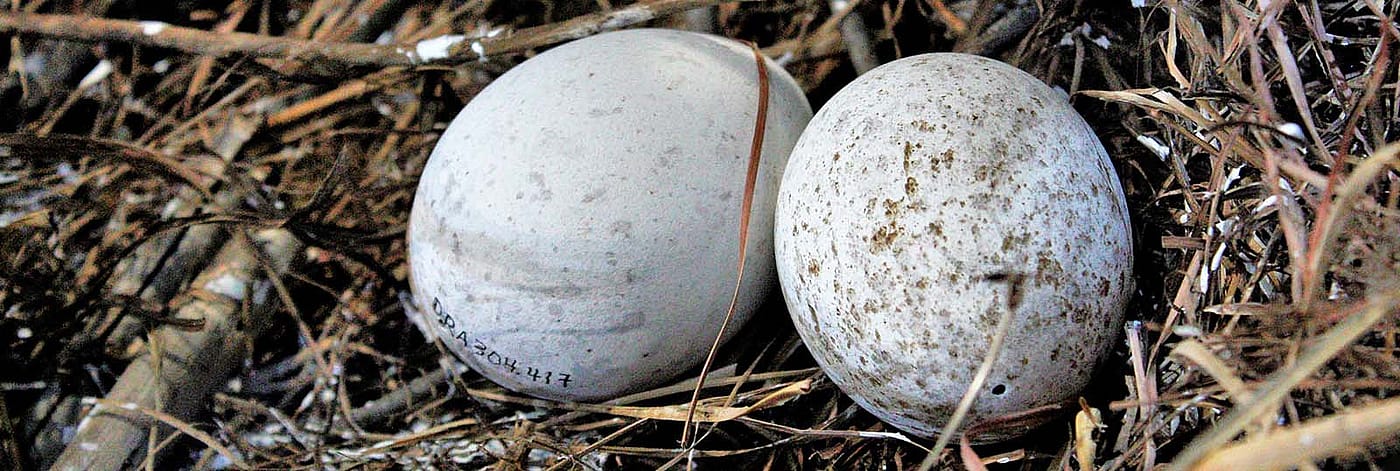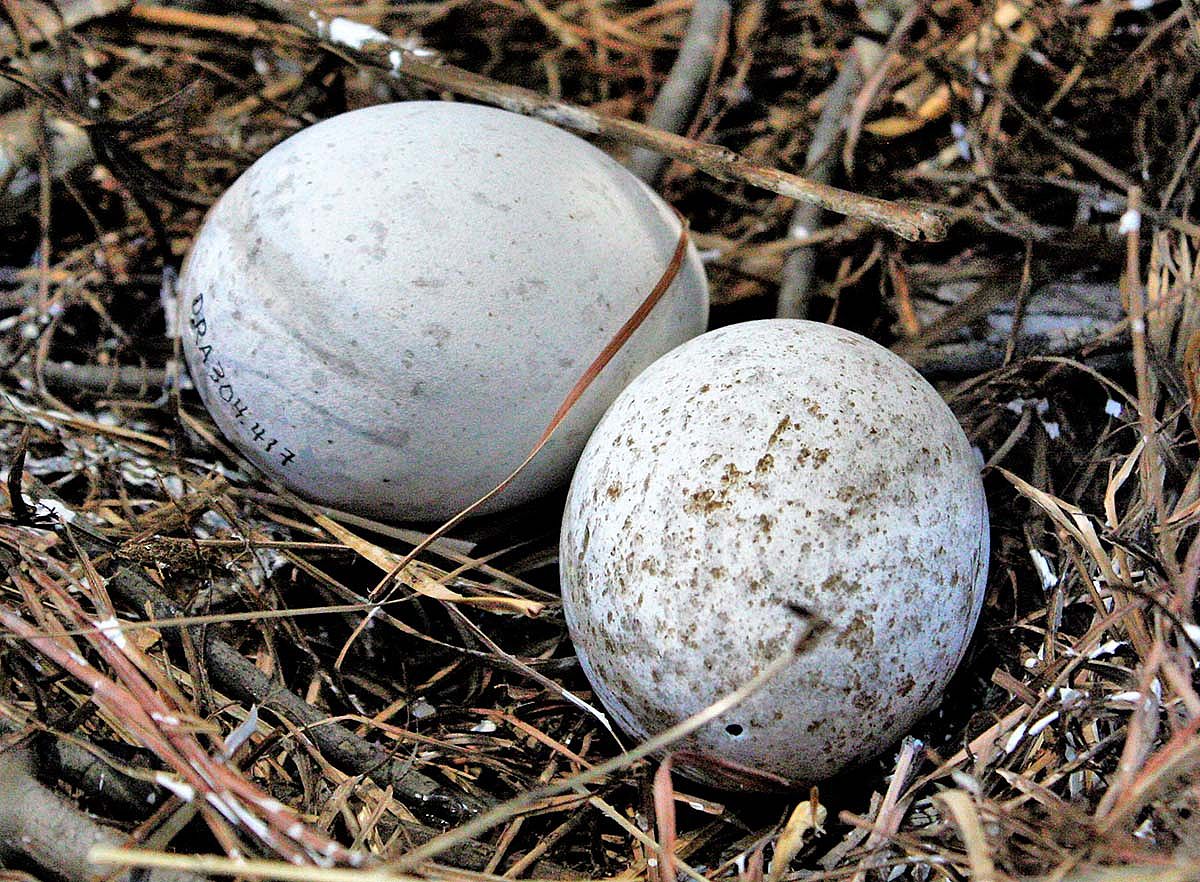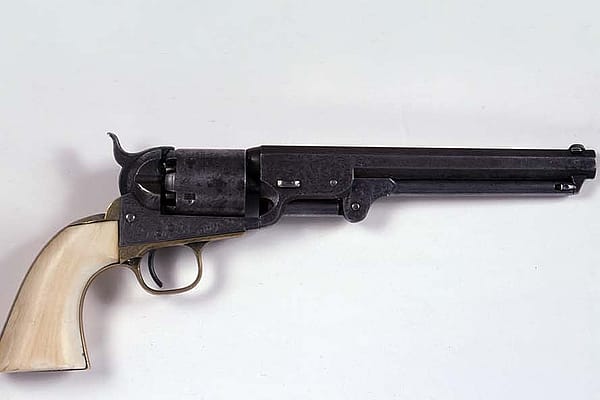
Treasures from Our West: Golden Eagle Eggs
Originally featured in Points West magazine in Fall/Winter 2018
Golden Eagle (Aquila chrysaetos) Eggs
Golden eagles (Aquila chrysaetos) in the Bighorn Basin of Wyoming find perfect habitat for nests which they construct on ledges carved out of sandstone. Eggs incubated in the spring hatch in mid-April, and by early July, surviving nestlings fledge to leave the nest.
All bird eggs are made of calcium carbonate, and up to 10 percent of the calcium required to form the eggshell is sourced from the female’s bones. Because egg production is resource intensive, a golden eagle clutch typically ranges between one and three eggs with larger clutches corresponding to years of abundant prey. Many factors including weather, food availability, competition, and disturbance all contribute to whether a breeding pair of golden eagles succeed.
These cream-colored eggs with small brown splotches belong to golden eagle Kateri, one of eleven educational avian ambassadors of the Draper Museum Raptor Experience. The immersive program uses live raptors to promote education and awareness—and provides purpose to birds no longer suited for reintroduction to the wild. Kateri, who has been with us since 2013, is the only bird of the Raptor Experience to lay eggs; she has done so every year since 2014.
Kateri can be seen at our daily Raptor Experience programs. Her eggs can be found in the new permanent exhibition Monarch of the Skies: The Golden Eagle in Greater Yellowstone and the American West, found on the lower level of the Draper Natural History Museum. Golden eagles are protected under the Bald and Golden Eagle Protection Act; possession of eagles or eagle parts is prohibited by state and federal authorities. However, the Draper’s display of these eggs is permitted under the authority of the State of Wyoming and U.S. Fish and Wildlife Service.
Golden eagle (Aquila chrysaetos) eggs. DRA304.416 and DRA304.417
Post 208
Written By
Nancy McClure
Nancy now does Grants & Foundations Relations for the Center of the West's Development Department, but was formerly the Content Producer for the Center's Public Relations Department, where her work included writing and updating website content, publicizing events, copy editing, working with images, and producing the e-newsletter Western Wire. Her current job is seeking and applying for funding from government grants and private foundations. In her spare time, Nancy enjoys photography, reading, flower gardening, and playing the flute.










